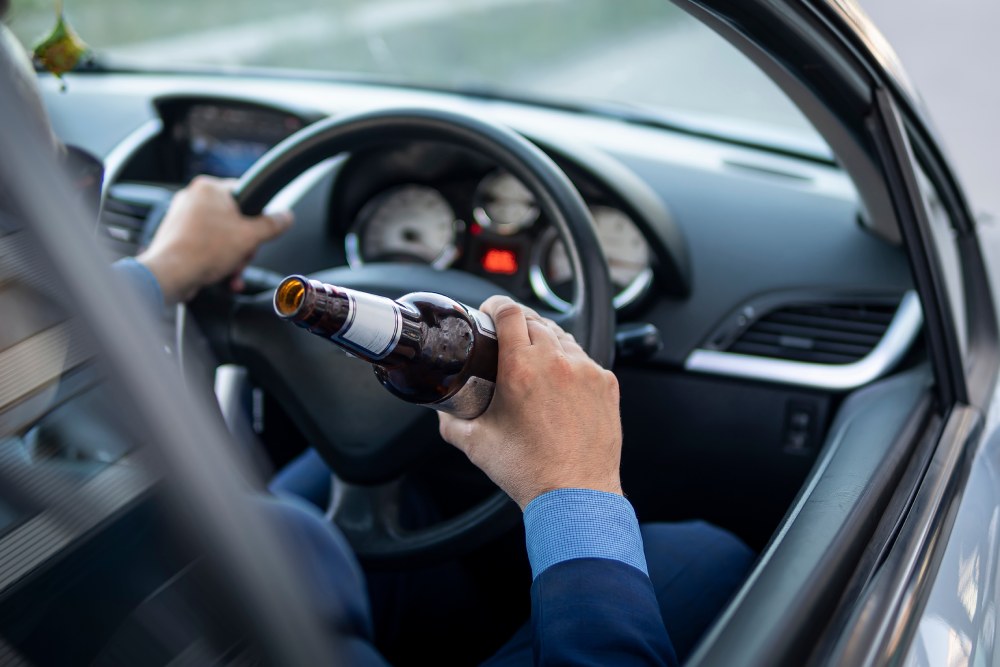Introduction
Whoa—your roadside breath test is in the rearview, the cop’s lights have faded, and adrenaline is finally ebbing. But don’t let your guard down yet. The next 24 hours can go either way: minor headache or major hassle. In this final installment of the Clear2Drive Safe Diner Series, we’ll turn chaos into control. You’ll learn how to log every detail, line up follow‑up tests, navigate insurance and legal waters, and brace for possible ignition interlock requirements. Grab your pen, and let’s get proactive.
Jot It All Down—Stat!
Memories are fickle creatures. Once you’re back in your car, pull out your phone or a pad and record these details before they vanish:
- Exact BrAC reading (e.g., 0.07%) and units.
- Time stamp—hour, minute, and a note on time zone if you’re a frequent road‑tripper.
- Officer ID—name, badge number, patrol car unit.
- Scene notes—road surface (dry, wet), weather (windy, calm), lighting (daylight, streetlamp).
- Blood‑draw specifics, if taken: draw time, clinic/lab name, phlebotomist initials.
- Write down step by step of the stop and the interactions with the officer and what was said, from both sides with as much detail as you can recall.
Why bother? Your blood‑alcohol concentration drops around 0.015 percent per hour. Accurate timestamps and context let a forensic pro reconstruct your BAC curve, which can dramatically strengthen your case in any administrative or court proceedings. Further having a step by step replay documented for your legal council will insure the strongest representation ability.
Book an Independent Blood Test—Pronto (with-in 2 to 4 hours of stop)
Breathalyzers are nifty, but nothing beats a lab. Here’s your game plan:
- Scout clinics, hospitals, or mobile labs with DUI blood draws.
2. Schedule your draw within two to four hours of the roadside test—so metabolism discrepancies stay minimal.
3. Guard your sample’s chain of custody: labeled, sealed, and documented with your name and timestamp.
Lab tests measure ethanol directly in your blood, sidestepping mouth‑alcohol and calibration quirks. A lab‑confirmed BAC of 0.03% instead of 0.07% can mean reduced charges, fewer fines, or even a dismissal—saving you from an ignition interlock device rental and skyrocketing fees.
Alert Your Insurer—Within 24 Hours
Your auto policy likely demands you report citations quickly. Delay, and you risk rate hikes or cancellations.
- Dial your agent or 24‑hour claims line ASAP—ideally within a day.
2. Stick to the facts: “I received a traffic citation.” No confessions or anecdotes about last night’s margaritas.
3. Ask about defensive‑driving discounts or first‑offense forgiveness programs.
Document rep names, call times, and confirmation numbers. Early notification keeps coverage intact and guards your premium from a surprise spike.
Retain a DUI/Interlock Attorney—Early Bird Wins
Even if you think nothing will stick, expert counsel is your secret weapon.
- Pick an attorney steeped in state DUI statutes and ignition interlock cases—bonus points for local experience.
2. Compile your dossier: police report, BrAC logs, independent blood results, field sobriety notes, and your own scene write‑up.
3. Explore defenses: rogue device calibration, officer training gaps, or procedural slip‑ups.
Early consultation can truncate administrative hearings, whittle down fines, or even nix mandatory interlock installation. Lawyer fees often pale next to cumulative interlock costs, fines, and insurance surcharges.
Build Your Personal BAC Library
Knowledge is power. Create your own data vault to beat one‑size‑fits‑all hangups.
- Keep a reliable pocket or dash‑mounted breath tester handy.
2. After each standard drink, test every 15 minutes—log your BrAC and what you ate (protein vs. carbs).
3. Plot peak readings, decline rates, and time to dip below 0.04.
In just a few outings, patterns emerge: light beer vs. red wine, steak dinner vs. salad, fast absorption vs. leisurely pace. Soon you’ll know how long after you drink you can drive, not just a vague “wait a couple hours” rule.
Survey Ignition Interlock Device (IID) Options—Now
If the court or DMV mandates an IID, you don’t want to scramble at D‑day.
- Contact several ignition interlock device installers and compare monthly rental rates (usually $70–$100).
2. Ask about calibration fees—often $40–$60 per visit—and look for unlimited or bundled calibration packages.
3. Clarify installation and removal fees. These are often hidden or not talked about during the sale so make sure to ask specifically and know that they can vary hundreds by provider, but in some cases you get what you pay for our don’t pay for. Remember the rule: If the product is free, you are the product.
Researching vendors and budgeting now, prevents sticker shock later. Plus, you’ll know interlock device installation locations near you rather than racing the clock.
Myths vs. Facts: Post‑Test Edition
No more urban legends—time to set the record straight:
– Myth: You can refuse all follow‑up tests once you drive away.
Fact: DMV or court orders often mandate additional tests. Refusal can extend penalties or amplify fines.
– Myth: Black coffee sobers you up.
Fact: Caffeine jolts alertness, but it doesn’t metabolize alcohol any faster.
– Myth: A heavy meal “cancels” booze.
Fact: Food slows absorption but can’t remove alcohol already in your bloodstream.
Rapid‑Fire Q&A
Q: Should I request dash‑cam footage?
A: Absolutely. Many agencies auto‑erase recordings after 30 days. Video can corroborate your version of events.
Q: When will I know about an IID requirement?
A: DMV hearing notices typically land within 30 days of a conviction. Use that window to lock in your vendor and budget.
Q: Can I demand calibration logs and officer training records?
A: Yes—during your administrative review, you can request device calibration certificates and proof of officer sobriety‑testing training.
Key Takeaways
Accurate documentation, swift independent testing, prompt insurer notification, and early legal counsel transform a nerve‑wracking stop into a manageable scenario. By building your own BAC library and researching IID vendors in advance, you’ll regain control of your narrative—and your wallet.
Write it down, get the lab test, alert your insurer, call a lawyer, gather BAC data, scout interlock options, and smash those myths. You’re not just reacting; you’re owning the process.
